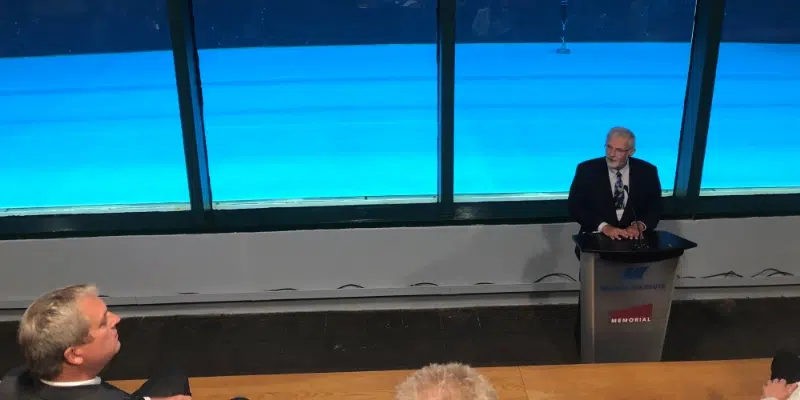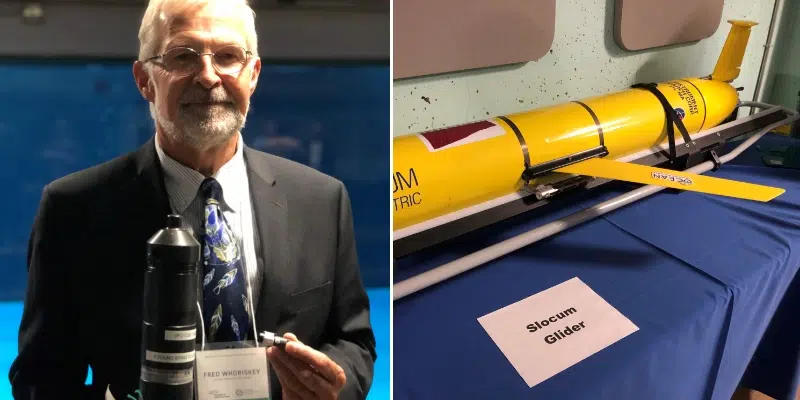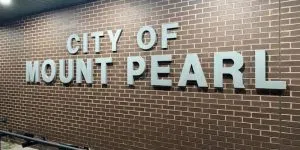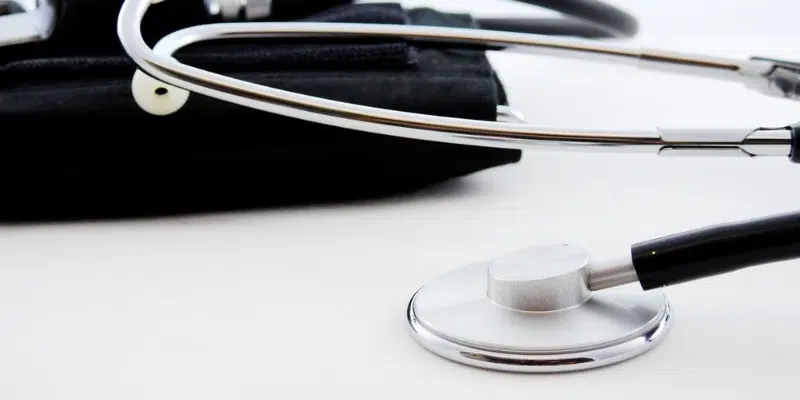An $8.5-million Northern Cod acoustic tracking project that will take place in the province’s offshore is expected to identify and address gaps in the understanding of the stock.
The project is apart of the Association of Seafood Producers and Atlantic Groundfish Council (ASP-AGC), Fisheries Improvement Project (FIP) launched in 2015 for northern cod in divisions 2J, 3K and 3L.

The six-year project aims to answer critical questions around migration patterns and timing, location of spawning aggregations, stock productivity and managing exploitation rates.
It begins with the acoustic tagging and genetic sampling of over 1,200 cod. Some 75 acoustic receiver moorings will be deployed on 16 “gates” spaced about five kilometres apart, making an acoustic array.
The acoustic receiver is released with the buoy bringing it to the top of the water when needed ideally after the six years. The wave glider picks up the data while underwater
Once connected it is uploaded to the Ocean Tracking Network. will occur at least once a year @VOCMNEWS pic.twitter.com/DWwR7TAHhI
— Ben Murphy VOCM (@BenMurphyVOCM) September 10, 2019
Data from the array will be collected by a solar powered wave glider controlled out of Halifax by experts at the Ocean Tracking Network. The wave glider will collect data from the receivers and upload it to their network at least once a year.
This makes data collection much more cost-effective while lowering the carbon footprint in comparison to using a vessel.
![]()
![]()
Customers from the UK, France and US are also financially supporting the project.
Dr. Fred Whoriskey says this will enable more effective stock assessment modelling and management measures to control fishing mortality.























